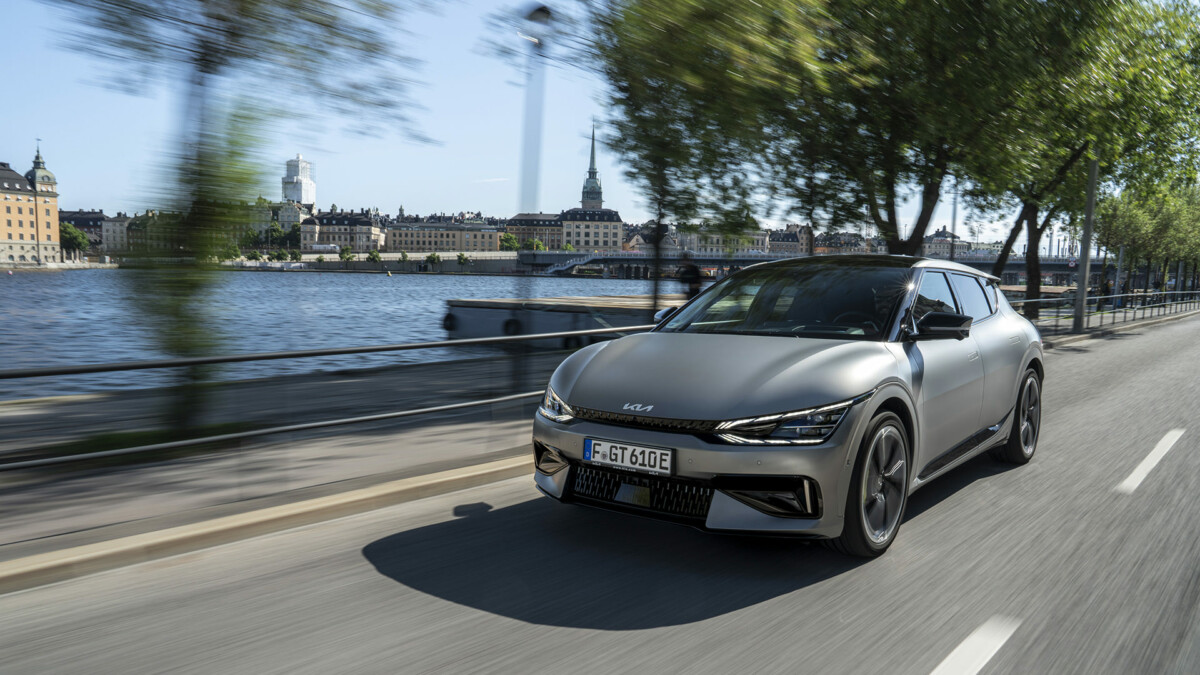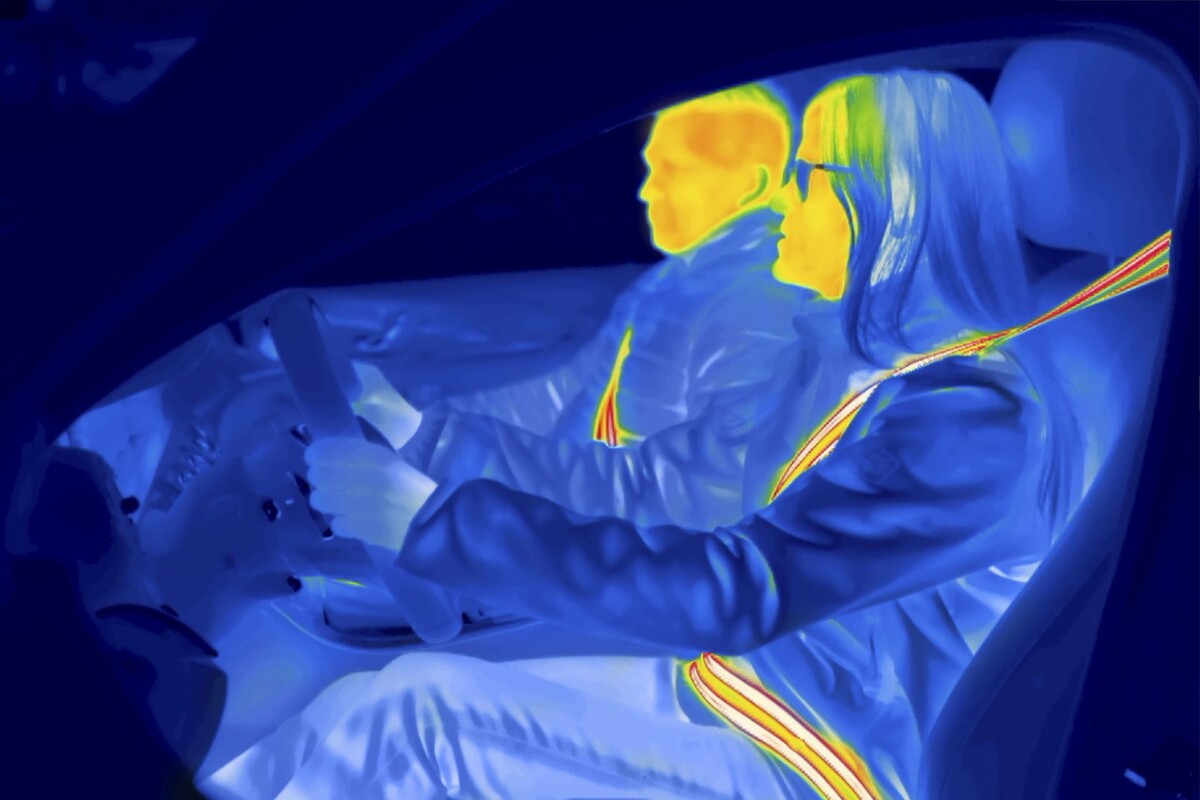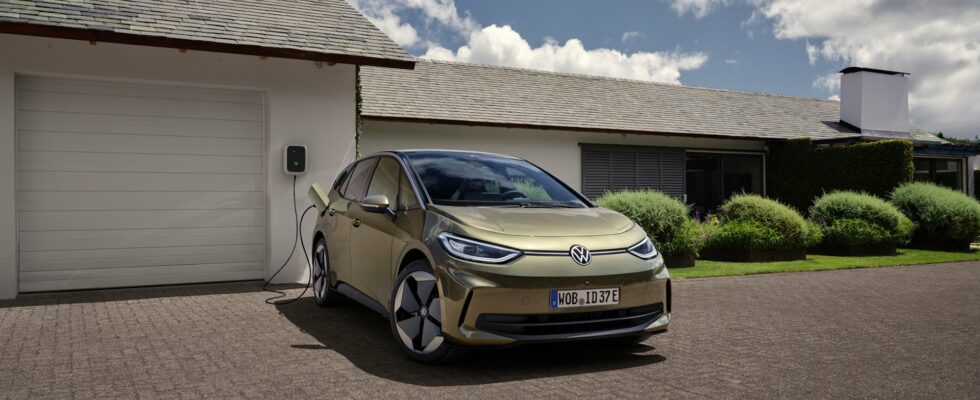The Automobile Propre website has looked at the most energy-intensive elements in an electric car. And it’s not always the ones you think. But, whatever the case, and if some consume a lot of energy, it is not necessarily relevant to stop using them. Especially since some are simply essential.
We often hear that to drive an electric car with peace of mind, turn off the air conditioning and all comfort equipment. It is true that during the certification tests for the European WLTP for example, all these elements are turned off, in order tooptimize consumption, and therefore autonomy and to be able to facilitate comparisons between cars. This allows manufacturers to communicate on more optimistic data, not always close to reality. This even earned Tesla a lawsuit, which resulted in the obligation for the plaintiffs to compensate the manufacturer.
A simple method
Indeed, we know that many factors affect autonomy of an electric car, such as the temperature, and in particular the cold, or even the speed. The equipment used also has an impact, because its use draws directly on the traction battery. A small 12 volt battery is also present, but it simply serves as a buffer, and is only used when the car is stopped. And in this case, it is fast enough quickly.
It is recognized that certain equipment generates an increase in consumption, such as air conditioning. This is one of the reasons why many electric cars have a heat pump, such as the Renault Mégane E-Tech or the Kia EV6. This system makes it possible to draw less on the vehicle’s battery, sinceit uses the calories contained in the cold air to create heat and vice versa. But what are the other elements that consume a lot?

This is the question the site wanted to answer. Clean Automotivewhich carried out a life-size test using the new Hyundai Ioniq 6. Indeed, the electric sedan displays very precisely the power allocated to the various elements relating to driving, electronics, air conditioning or even vehicle maintenance. the battery, such as pre-conditioning, among others.
To perform this test, journalists stabilized the car at cruising speed and measured the consumption differences by activating and cutting certain elements. The data obtained was then coupled with a more precise measuring tool (without mentioning which one), although the site specifies that this method remains relatively rudimentary. Nevertheless, it gives us a small idea of the most energy-consuming equipment in an electric car.
What results?
After these tests, the journalists therefore proved that it is the on-board electronic systems that consume the most, with approximately 380 watts when the vehicle is in motion. A figure that drops to around 240 watts once the car is stationary. A difference which is probably explained by the fact that the various sensors essential to driving go into standby. But what about in detail? If we do not take into account the air conditioning, it is the rear defroster that consumes the most.
Indeed, this system requires a power of 500 W and is followed by the heated seats, with 120 W each. Finally, the heated steering wheel consumes 90 W. Another solution is being developed by the equipment manufacturer ZF, which unveiled at CES in Las Vegas an unprecedented heated seat belt, designed to reduce the consumption of electric cars who will be equipped.

In any case, these raw numbers should be taken with a grain of salt. In effect, the time of use must also be taken into account, usually very short. For example, a horn blast consumes 10 W, but lasts only a fraction of a second.
In other words, it would be possible to honk for 5,800 hours (241 days) before completely draining a 58 kWh battery. With the 77 kWh version of the Hyundai Ioniq 6 that we tested, this figure climbs to 7,700 hours, or 320 days.
As Automobile Propre specifies, cutting off the electronic systems of your electric car has only a negligible impact on autonomy. Indeed, the engine is responsible for 90% of the total consumption, against only 2 to 3% with regard to the on-board elements. So don’t panic, especially since the network of fast terminals is constantly expanding in France.
On the other hand, in winter, if you are a fan of eco-driving, it is interesting to favor the seats and the heated steering wheel rather than the heating of the passenger compartment. The feeling of comfort is indeed better in the first case, with lower consumption.
All of the data from the study, such as the consumption of headlights, smartphone charging by induction or windows, can be found on Clean Automotive.
To follow us, we invite you to download our Android and iOS application. You can read our articles, files, and watch our latest YouTube videos.
